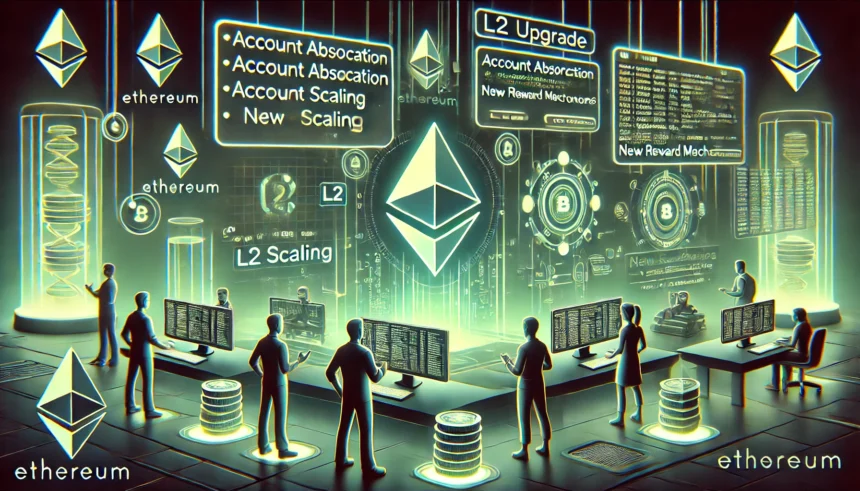
- Ethereum’s Pectra upgrade begins testing on Holesky testnet today, with Sepolia following on March 5, aiming for scalability and better validator incentives.
- Pectra increases Ethereum validator staking limits from 32 ETH to 2,048 ETH, attracting larger stakeholders and strengthening network security.
Ethereum developers are rolling out a major network upgrade called Pectra, with initial testing started on the Holesky testnet at 9:55 PM UTC today. The Sepolia testnet will follow on March 5 at 7:29 AM UTC. These testnet trials mark an important step before Pectra reaches Ethereum’s mainnet, bringing improvements to scalability, validator incentives, and user experience.
The Ethereum Foundation confirmed that Pectra would launch on Holesky at epoch 115,968, while Sepolia’s activation is scheduled for epoch 222,464. Once both testnets successfully integrate Pectra, developers will decide on a mainnet activation epoch. Given the scope of improvements, Ethereum’s transition toward a more user-friendly and scalable blockchain is gaining momentum.

Pectra is the first major Ethereum upgrade since the Dencun hard fork, which went live on March 13, 2024. That upgrade drastically cut transaction fees for layer-2 solutions and improved Ethereum rollups’ efficiency, pushing the network further toward mainstream adoption.
Validator Rewards Surge from 32 ETH to 2,048 ETH
One of Pectra’s most significant changes lies in validator rewards. Currently, Ethereum validators can stake a maximum of 32 ETH while earning rewards. With Pectra, that limit skyrockets to 2,048 ETH, providing larger stakeholders with greater incentives to help secure the network.
This change is expected to attract more institutional participation in Ethereum staking. The shift aligns with Ethereum developers’ broader strategy of enhancing the network’s security and making validator participation more rewarding.
Ethereum’s upgrade strategy has been accelerating. On February 13, Ethereum’s core developers and ecosystem leaders held an “All Core Devs” meeting, where they pushed for a faster rollout of protocol upgrades. Nixo Rokish, a member of the Ethereum Foundation’s protocol support team, commented that this approach would lead to “less dilly-dallying about the scope and more aggressively presented opinions.”
Account Abstraction and Layer-2 Scaling Improvements
Pectra brings a major enhancement in account abstraction, a feature designed to improve the way users interact with Ethereum. With the introduction of EIP-3074, externally owned accounts (EOAs) will gain new capabilities, such as batch transactions and gas sponsorship. This means users can make transactions without holding Ether in their wallets, reducing entry barriers and making Ethereum more accessible.
Another key upgrade in Pectra is the network’s 50% increase in blob capacity. Currently, Ethereum allows three blobs per block, but that number will double to six after Pectra’s activation. Blobs temporarily store layer-2 blockchains, enabling them to submit compressed transaction data to the mainnet. This enhancement is expected to further lower transaction costs and improve Ethereum’s scalability.
Since blobs were introduced with the Dencun upgrade, transaction fees on layer-2 networks have dropped significantly. Pectra’s expansion of blob storage is another step in making Ethereum-based transactions more cost-effective. Further, the upgrade also boosted Ether inflow reaching $393 million.






